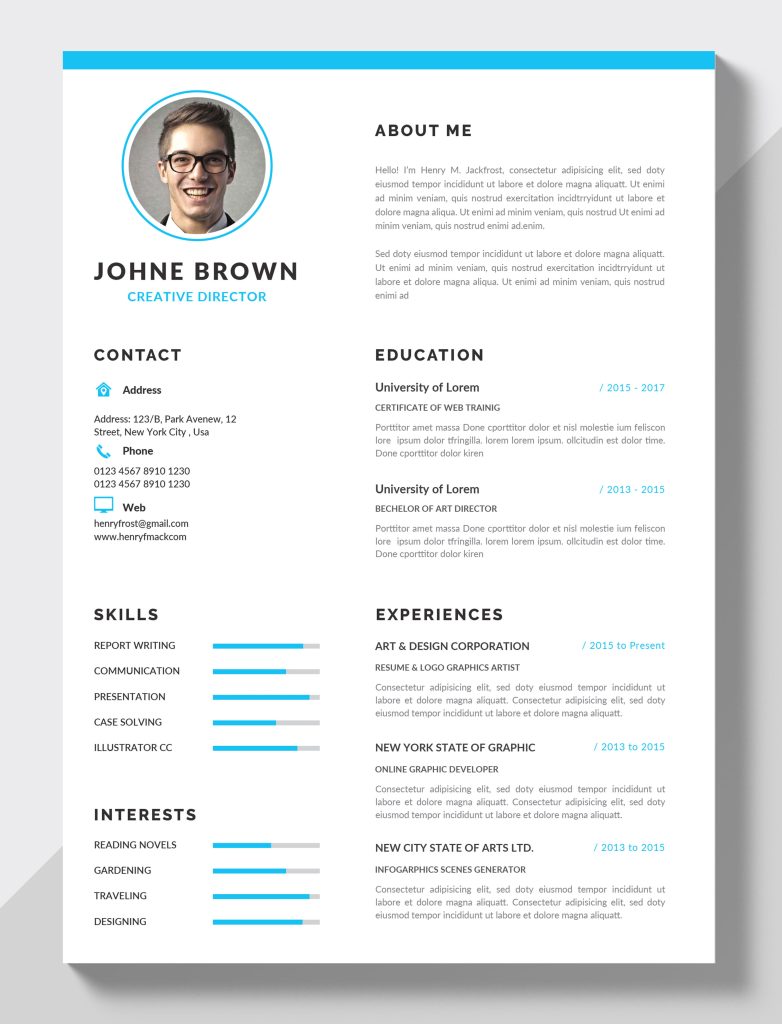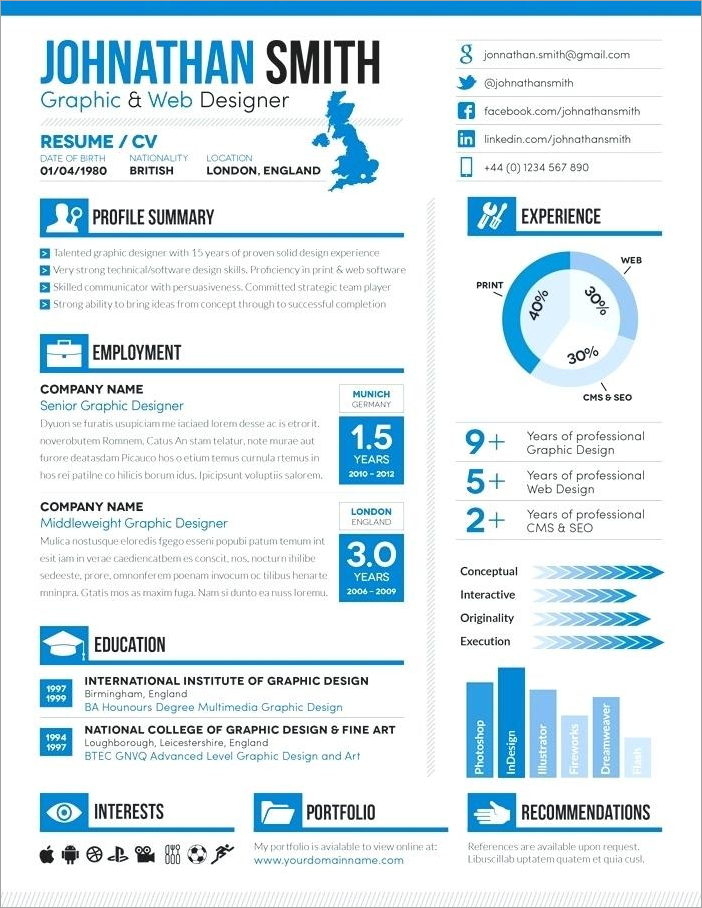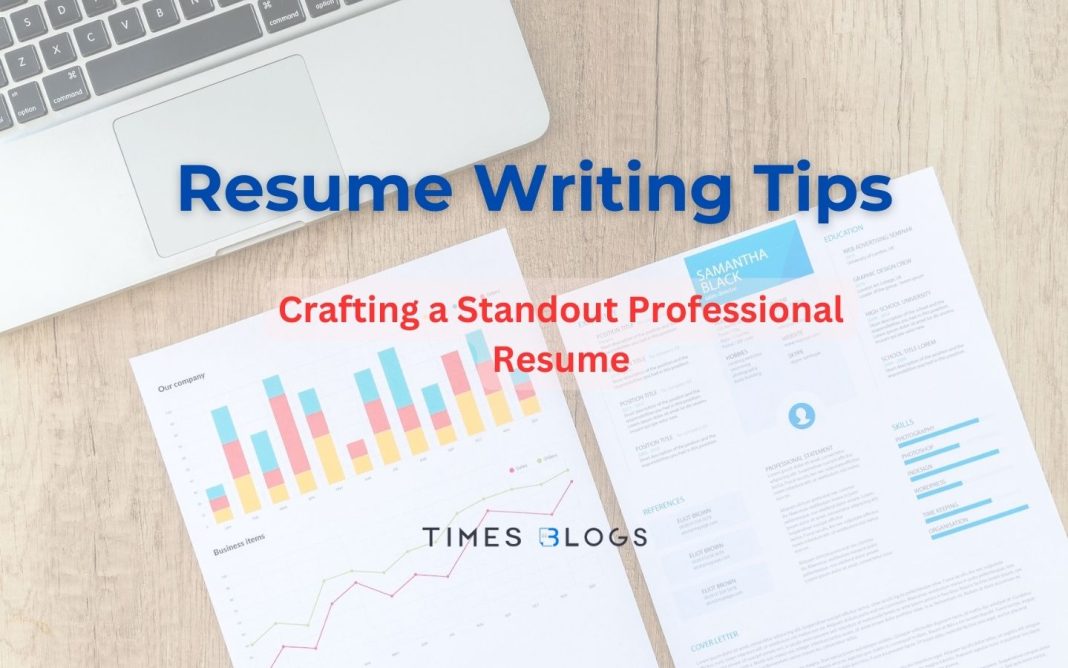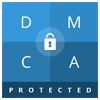Introduction
In today’s competitive job market, a well-crafted professional resume is a vital tool for showcasing your skills, experience, and qualifications to potential employers. Your resume is often the first impression you make, and it plays a crucial role in whether you secure an interview or not. To help you create a standout resume that grabs attention and highlights your strengths, we have compiled a comprehensive guide with essential tips and examples. By following these guidelines, you can increase your chances of landing your dream job. So, let’s dive in and learn how to craft an impressive professional resume.
Table of Contents
Understand the Purpose of a Resume
The purpose of a resume is to effectively market yourself as a qualified candidate for a specific job or career opportunity. It serves as a concise summary of your skills, qualifications, experiences, and achievements relevant to the position you are applying for. A well-written resume showcases your unique strengths and demonstrates why you are the best fit for the job.
When a hiring manager or recruiter reviews your resume, they are looking for specific information that will help them determine if you meet the requirements of the position. They want to quickly assess whether you have the necessary skills, knowledge, and experience to perform the job successfully.
Additionally, a resume serves as an initial screening tool for employers. In many cases, employers receive a large number of applications for a single position, and they use resumes to narrow down the pool of candidates. Your resume needs to capture their attention and make a positive impression to increase your chances of being invited for an interview.
By understanding the purpose of a resume, you can tailor its content to highlight the most relevant information that aligns with the job requirements. It allows you to effectively communicate your qualifications and achievements in a concise and compelling manner. The goal is to showcase your unique value and demonstrate how you can contribute to the success of the company or organization.
In summary, the purpose of a resume is to:
- Market your qualifications and skills to potential employers.
- Provide a concise summary of your relevant experiences and achievements.
- Highlight your unique strengths and what sets you apart from other candidates.
- Demonstrate that you meet the requirements of the job.
- Secure an interview by making a positive impression on hiring managers or recruiters.
By keeping the purpose of a resume in mind, you can strategically craft a standout professional resume that grabs attention and increases your chances of moving forward in the hiring process.
Tailor Your Resume to the Job
One of the most crucial resume writing tips is to tailor your resume to each specific job you apply for. A generic, one-size-fits-all resume may not effectively highlight your qualifications and may fail to capture the attention of hiring managers. By customizing your resume for each job, you can increase your chances of standing out among other applicants. Here’s how to tailor your resume effectively:
Study the Job Description:
Carefully read and analyze the job description to understand the specific skills, qualifications, and experiences the employer is seeking. Pay attention to keywords and phrases used in the description, as they often indicate important requirements.
Identify Relevant Skills and Experiences:
Compare your own skills, experiences, and achievements with the requirements outlined in the job description. Highlight the ones that align most closely with what the employer is seeking. These should be the key focus areas of your tailored resume.
Customize the Objective/Summary Statement:
At the beginning of your resume, include a concise objective or summary statement that directly relates to the job you are applying for. Tailor this section to emphasize how your skills and experiences make you an ideal fit for the position.
Rearrange and Prioritize Sections:
Based on the job requirements, adjust the order of your resume sections to highlight the most relevant information. For example, if the job places a strong emphasis on specific technical skills, create a separate section for those skills and place it near the top of your resume.
Emphasize Relevant Achievements:
In your work experience section, focus on highlighting achievements and experiences that directly relate to the job you are applying for. Quantify your accomplishments whenever possible to demonstrate the impact you made in previous roles.
Include Relevant Keywords:
Incorporate relevant keywords and phrases from the job description throughout your resume. This helps your resume pass through applicant tracking systems (ATS) and ensures that it aligns with the language and terminology used by the employer.
Tailor Your Education Section:
If you have recently graduated or are applying for a job in a field closely related to your education, emphasize relevant coursework, projects, or research that demonstrates your knowledge and capabilities.
Consider a Skills Section:
If the job requires specific technical or soft skills, create a dedicated skills section to highlight your proficiency in those areas. List the most relevant skills at the top and support them with examples or certifications, if applicable.

Choose an Appropriate Resume Format
When it comes to choosing the right resume format, it’s important to consider your own background, experience, and the specific requirements of the job you are applying for. The three main resume formats commonly used are chronological, functional, and combination formats. Let’s explore each format to help you determine which one is most appropriate for your needs:
Chronological Resume Format:
The chronological format is the most common and widely used format. It presents your work experience in reverse chronological order, starting with your most recent position and working backward. This format is suitable if you have a consistent employment history and want to highlight your career progression. It allows employers to easily see your work history, job titles, dates of employment, and key responsibilities.
Functional Resume Format:
The functional format focuses on your skills, abilities, and accomplishments rather than your work history. It is ideal if you have gaps in employment, are changing careers, or have limited work experience. This format allows you to highlight your transferable skills and relevant achievements in a more prominent manner. The work experience section is typically condensed and placed after the skills section.
Combination Resume Format:
As the name suggests, the combination format combines elements of both the chronological and functional formats. It provides a comprehensive overview of your skills, experiences, and achievements while still presenting your work history in reverse chronological order. This format is suitable if you want to emphasize your relevant skills and experiences while still showcasing your career progression.
To choose the appropriate format, consider the following factors:
- Your work history: If you have a solid and consistent work history, the chronological format is often the most effective choice.
- Your skills and accomplishments: If you have a strong skill set and want to highlight your achievements, the functional or combination format may be more suitable.
- Job requirements: Tailor your resume format to the specific requirements of the job you are applying for. If the job places more emphasis on your skills or accomplishments, consider using a format that highlights those aspects.
- Industry norms: Certain industries or positions may have specific expectations for resume formats. Research the conventions within your field and consider adopting the format that is most commonly used.
Ultimately, the chosen format should effectively showcase your qualifications and present your information in a clear, organized, and professional manner. Remember to maintain consistency in formatting, use appropriate headings and subheadings, and ensure that the chosen format complements your content.
Create a Compelling Summary or Objective Statement
A compelling summary or objective statement at the beginning of your resume can immediately capture the attention of hiring managers and make them want to continue reading. Here’s how to create a strong and impactful summary or objective statement:
- Keep it concise: Aim for a statement that is no longer than 2-3 sentences. A concise summary is more likely to be read and understood quickly.
- Highlight your unique selling points: Identify your key strengths, skills, and experiences that make you stand out from other candidates. Focus on what makes you a valuable asset to the company.
- Tailor it to the job: Customize your statement to align with the specific requirements of the job you are applying for. Use keywords from the job description to demonstrate your relevance and suitability.
- Show your career goals or objectives: If you choose to include an objective statement, make it specific and targeted. State your career goals and how the position aligns with them. This helps employers understand your motivations and commitment.
- Showcase your accomplishments: Highlight any notable achievements or results that demonstrate your capabilities and track record of success. Quantify your achievements whenever possible to provide tangible evidence of your impact.
- Write in a confident and professional tone: Use strong and action-oriented language to convey your confidence and competence. Avoid generic or cliché phrases and focus on conveying your unique value proposition.
Showcase Your Achievements
One of the most impactful ways to make your resume stand out is by showcasing your achievements. While listing job responsibilities is important, highlighting your accomplishments provides concrete evidence of your skills and contributions. Here’s how to effectively showcase your achievements:
- Quantify your accomplishments: Whenever possible, use numbers, percentages, or specific figures to quantify your achievements. This adds credibility and demonstrates the impact of your work. For example, instead of saying “Increased sales,” say “Increased sales by 20% within six months.”
- Focus on results: Highlight the outcomes of your actions or initiatives. Did you save the company money, streamline processes, or exceed targets? Emphasize how your contributions made a positive difference. Employers value candidates who can deliver tangible results.
- Use action verbs: Start each bullet point with a strong action verb to describe your achievements. Words like “achieved,” “implemented,” “led,” “streamlined,” and “innovated” convey a sense of proactivity and accomplishment.
- Tailor it to the job: Align your achievements with the specific requirements of the job you are applying for. Focus on accomplishments that are most relevant and demonstrate the skills and qualities sought by the employer.
- Be specific and concise: Keep your statements clear and concise. Provide enough context to understand the significance of your achievements, but avoid excessive details. Bullet points are effective for presenting achievements in a scannable format.
- Prioritize recent and significant accomplishments: Place the most recent and impactful achievements at the top of each job experience section. This ensures that the hiring manager sees your strongest accomplishments first.
By showcasing your achievements, you demonstrate your ability to deliver results and contribute to the success of a company or organization. Remember to provide evidence of your accomplishments, quantify when possible, and tailor your achievements to make them relevant to the job you’re applying for. This will greatly enhance the impact of your resume and make you a more compelling candidate.

Highlight Relevant Skills
Highlighting relevant skills in your resume is essential to demonstrate that you possess the qualifications necessary for the job. Here’s how to effectively showcase your skills:
- Analyze the job requirements: Carefully review the job description and identify the key skills and qualifications the employer is seeking. These are the skills you should prioritize in your resume.
- Create a dedicated skills section: Include a separate section specifically for your skills. This can be titled “Skills,” “Core Competencies,” or “Technical Proficiencies.” List your relevant skills in bullet points or in a concise format.
- Include a mix of hard and soft skills: Hard skills are specific technical or job-specific abilities, such as programming languages or certifications. Soft skills are transferable qualities, such as communication, leadership, or problem-solving abilities. Include a balance of both types of skills, focusing on those most relevant to the job.
- Use keywords: Incorporate industry-specific keywords and phrases in your skills section and throughout your resume. This can help your resume pass through applicant tracking systems (ATS) and demonstrate your familiarity with industry terminology.
- Provide examples: Support your skills with examples or brief descriptions of how you have applied those skills in previous roles or projects. This gives employers a better understanding of your capabilities.
- Tailor your skills to each job: Customize your skills section based on the specific job requirements. Highlight the skills that are most relevant and align with the employer’s needs.
- Demonstrate proficiency levels: If you have varying levels of proficiency in certain skills, indicate your level of expertise, such as “proficient in,” “advanced knowledge of,” or “certified in.”
Use Clear and Concise Language
Using clear and concise language in your resume is essential to effectively communicate your qualifications and make a strong impression on hiring managers. Here are some key tips:
- Be direct: Use straightforward language to convey your skills, experiences, and achievements. Avoid unnecessary jargon or complex terms that may confuse the reader.
- Use action verbs: Start each bullet point with a strong action verb to make your statements more impactful. Words like “achieved,” “managed,” “developed,” and “implemented” add power to your accomplishments.
- Keep it concise: Use concise sentences and bullet points to convey information efficiently. Focus on the most relevant details and avoid unnecessary repetition or wordiness.
- Be specific: Provide specific examples and results to demonstrate your capabilities. Quantify your achievements whenever possible to showcase the impact you made.
Using clear and concise language helps your resume effectively communicate your qualifications, skills, and achievements. It enhances readability and increases the chances of grabbing the attention of hiring managers.
Include Relevant Keywords
Including relevant keywords in your resume is essential to align with the job requirements and increase the likelihood of getting noticed by applicant tracking systems (ATS) and hiring managers. Analyze the job description and identify key terms and phrases used. Incorporate these keywords naturally throughout your resume, especially in the skills, experience, and summary sections. However, ensure that you do not excessively keyword stuff your resume, as it may appear forced. The goal is to strike a balance between showcasing your qualifications and meeting the expectations of the employer’s search criteria.
Keep it Professional
Maintaining a professional tone throughout your resume is crucial. Avoid using casual language, slang, or unnecessary personal information. Stick to industry-specific terminology and focus on the professional aspects of your experience and qualifications. Avoid using informal language, abbreviations, or slang. Use a clear and consistent format, including appropriate section headings and bullet points. Use a professional email address and avoid including personal information such as age or marital status. Use a clean and professional font, such as Arial or Times New Roman, and ensure that your formatting is consistent and easy to read. Lastly, always proofread carefully to eliminate any typos or errors. A well-crafted, professional resume can showcase your qualifications and increase your chances of landing an interview.
Pay Attention to Design and Formatting
Design and formatting play a crucial role in making your resume visually appealing and easy to read. Here are some tips to help you create an effective design:

- Choose a clean and professional layout: Use a simple and professional resume template that provides clear sections for your information. Avoid using overly complicated designs or excessive graphics that may distract from your content.
- Use appropriate fonts: Select professional fonts that are easy to read, such as Arial, Calibri, or Times New Roman. Maintain consistency in font size and style throughout your resume.
- Organize your information: Use clear headings and subheadings to separate different sections, such as contact information, summary, work experience, skills, and education. Use bullet points to present information in a concise and scannable manner.
- Utilize white space: Don’t overcrowd your resume with text. Leave sufficient white space to give your resume a clean and well-balanced appearance. This makes it easier for the reader to navigate and absorb the information.
- Use consistent formatting: Ensure consistency in formatting, such as indentation, alignment, and spacing. This creates a professional and polished look. Use bold or italic formatting sparingly to highlight important details.
- Consider the use of color: While a clean and minimalistic design is typically preferred, you can use subtle accents of color to enhance the visual appeal. However, use colors sparingly and ensure they are professional and don’t distract from the content.
- Save in an appropriate format: Save your resume as a PDF file to preserve the formatting and ensure it appears the same across different devices and operating systems.
Include Relevant Sections
In addition to the standard sections like contact information, work experience, and education, consider including additional sections that are relevant to your industry or career goals. These sections might include certifications, professional affiliations, volunteer work, projects, or publications. Including these sections can provide a more comprehensive picture of your qualifications and demonstrate your commitment to professional development.
Here are some key sections to consider:
- Contact Information: Include your full name, professional email address, phone number, and LinkedIn profile (if applicable).
- Summary/Objective Statement: Provide a concise overview of your skills, experiences, and career goals. Tailor it to align with the specific job you’re applying for.
- Work Experience: Detail your professional experience in reverse chronological order. Include job titles, company names, dates of employment, and a description of your key responsibilities and achievements.
- Education: List your educational background, including degrees, certifications, and relevant coursework. Include the institution’s name, location, and graduation date.
- Skills: Highlight your key skills, both technical and soft skills, that are relevant to the job. Use bullet points for clarity and be specific about your proficiency level.
- Achievements: Showcase notable accomplishments, awards, or recognition you’ve received throughout your career. Focus on outcomes and quantify your achievements when possible.
- Additional Sections: Depending on your background, you can include sections like certifications, professional affiliations, publications, languages, or volunteer work to demonstrate additional qualifications or interests.
Quantify Your Impact
Quantifying your achievements and impact can make a significant difference in your resume. Whenever possible, include specific numbers, percentages, or dollar figures to illustrate your accomplishments. This helps employers understand the scale of your responsibilities and the results you have achieved in your previous roles.
Here’s how to effectively quantify your impact:
- Use numbers: Whenever possible, include specific numbers, percentages, or figures to quantify your achievements. For example, “increased sales by 25%,” “managed a team of 10 employees,” or “reduced costs by $50,000.”
- Focus on results: Highlight the outcomes and results of your actions or initiatives. Showcase how your contributions made a positive impact on the organization, whether it’s in terms of revenue growth, cost savings, process improvements, or customer satisfaction.
- Be specific: Provide concrete examples of your accomplishments. Instead of simply stating that you “improved efficiency,” specify how much time or resources were saved as a result of your efforts.
- Tailor it to the job: Highlight the quantifiable achievements that are most relevant to the job you’re applying for. Focus on the metrics that align with the employer’s goals and expectations.
Keep it Relevant and Concise
Remember that your resume should be tailored to the specific job you are applying for. While it’s important to showcase your skills and experiences, focus on what is most relevant to the position. Avoid including excessive details or unrelated information that may distract the reader. Aim for a concise and focused resume that highlights your most impressive qualifications.
Proofread and Edit
Before submitting your resume, proofread it thoroughly for any spelling, grammar, or formatting errors. Typos or mistakes can leave a negative impression on hiring managers. Consider seeking feedback from a trusted friend or mentor to ensure your resume is error-free and effectively communicates your qualifications.
Update Regularly
As your career progresses, make it a habit to update your resume regularly. Add new skills, experiences, achievements, and qualifications as they occur. Keeping your resume up to date will save you time and ensure that you have an accurate and comprehensive document ready for any future job applications.
Conclusion
Crafting a standout professional resume is a crucial step in securing job interviews and advancing your career. By following these resume writing tips, you can create a compelling resume that highlights your qualifications and makes a lasting impression on potential employers. Remember to customize your resume for each job application, emphasize your achievements, use clear and concise language, and pay attention to design and formatting. With a well-crafted resume in hand, you’ll be on your way to landing your dream job.




